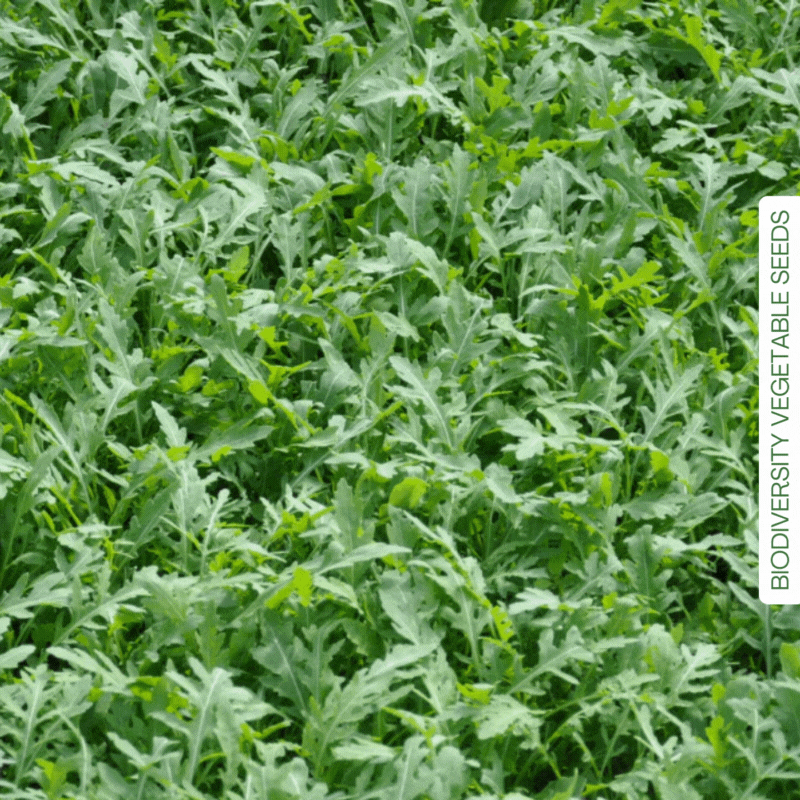CAPPELLO DEL PRETE SQUASH SEEDS
We strive to make your shopping experience smooth and worry-free. Enjoy fast shipping and a hassle-free return policy. For detailed information, please click here.
We strive to make your shopping experience smooth and worry-free. Enjoy fast shipping and a hassle-free return policy. For detailed information, please click here.
We're here to assist you! Reach out to our customer service for any questions or concerns. For more information, click here.
We're here to assist you! Reach out to our customer service for any questions or concerns. For more information, click here.
CAPPELLO DEL PRETE SQUASH SEEDS
We strive to make your shopping experience smooth and worry-free. Enjoy fast shipping and a hassle-free return policy. For detailed information, please click here.
We strive to make your shopping experience smooth and worry-free. Enjoy fast shipping and a hassle-free return policy. For detailed information, please click here.
We're here to assist you! Reach out to our customer service for any questions or concerns. For more information, click here.
We're here to assist you! Reach out to our customer service for any questions or concerns. For more information, click here.
This variety is typical of the “Emilia” lowlands, in fact it is an essential ingredient for the typical ”tortelli” (dumplings). This squash gets its curious name “cappello del prete” (lit. Priest’s Hat) from its double-brimmed shape that resembles the type of hat worn by priests until the end of the First World War. Its shape also led to another name which is “a turbante” (lit. Turban Squash). Every plant produces an average of 6/8 fruits, which are small have a firm texture, and rarely have a weight of more than 1,5 Kg. Inside its grey/blue skin is a hard and dry pulp, which makes it a perfect ingredient in every dish it is included. The plant is vigorous, rustic and strong and it covers a large portion of land. As several paintings from the 16th century show, this squash is one of the first among the Cucurbita genus that was introduced to Europe from the Americas. Suitable for trasplanting from April to May. This variety is destined to high quality fresh market.
This variety is typical of the “Emilia” lowlands, in fact it is an essential ingredient for the typical ”tortelli” (dumplings). This squash gets its curious name “cappello del prete” (lit. Priest’s Hat) from its double-brimmed shape that resembles the type of hat worn by priests until the end of the First World War. Its shape also led to another name which is “a turbante” (lit. Turban Squash). Every plant produces an average of 6/8 fruits, which are small have a firm texture, and rarely have a weight of more than 1,5 Kg. Inside its grey/blue skin is a hard and dry pulp, which makes it a perfect ingredient in every dish it is included. The plant is vigorous, rustic and strong and it covers a large portion of land. As several paintings from the 16th century show, this squash is one of the first among the Cucurbita genus that was introduced to Europe from the Americas. Suitable for trasplanting from April to May. This variety is destined to high quality fresh market.




